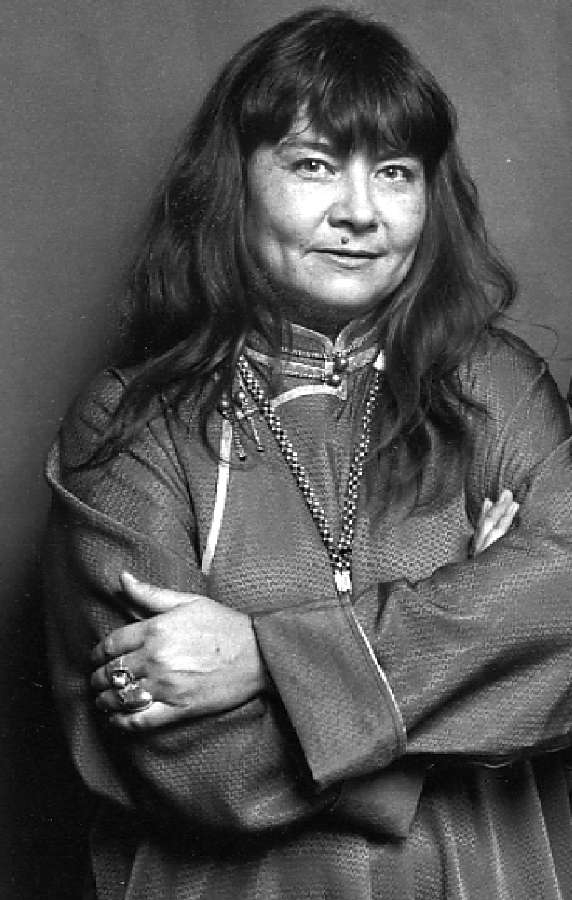Ceremony Summary by Leslie Marmon Silko
“Ceremony” is a novel by Leslie Marmon Silko, first published in 1977.
This highly acclaimed work is praised for its rich storytelling, examination of cultural traditions, and commentary on the impacts of racism, colonialism, and war on indigenous peoples. It makes an important addition to current Native American writing.
Conclusion
“Ceremony” by Leslie Marmon Silko is a profound and enduring work of Native American literature that explores themes of healing, cultural identity, the impact of war, witchery as a metaphor for colonialism, and the connection to the land. The novel follows the journey of Tayo, a young Native American man traumatized by his experiences in World War II, as he undergoes a process of healing and self-discovery.
Tayo discovers a new connection to nature and his cultural background with the help of figures like Ts’eh, his grandmother, and Betonie. He faces the evil forces of witchery, represented by Emo, and realizes that both individual and societal healing are necessary.
The enduring significance of “Ceremony” lies in its contributions to Native American literature and its exploration of the ongoing struggle for cultural preservation and revitalization. The novel’s themes remain relevant, offering insights into the importance of cultural identity, the healing power of ceremonies, and the interconnectedness of all living beings.
FAQ:
Who is the author of “Ceremony,” and when was the novel published?
“Ceremony” was written by Leslie Marmon Silko and was first published in 1977.
What are the major themes explored in “Ceremony”?
The novel explores themes of healing, cultural identity, the impact of war, witchery as a metaphor for colonialism, and the connection to the land. It delves into the personal and collective journey of the protagonist, Tayo.
Who is the protagonist of “Ceremony,” and what is his journey in the novel?
The protagonist of the novel is Tayo, a young Native American man who returns from World War II deeply scarred by his experiences. His journey involves healing from the trauma of war, reconnecting with his cultural heritage, and confronting the destructive forces of witchery.
What is the role of ceremonies in the novel, and why are they significant?
Ceremonies play a central role in the novel as a means of healing, restoring balance, and reclaiming cultural identity. They are significant because they represent a return to traditional practices and spirituality, serving as a source of strength and resilience.
How does “Ceremony” contribute to Native American literature and cultural preservation?
“Ceremony” is a foundational work in Native American literature that has influenced subsequent generations of indigenous writers and scholars. It highlights the ongoing struggle for cultural preservation and the importance of ceremonies and storytelling in the healing process. The novel’s themes continue to be relevant in discussions of cultural identity and decolonization.















